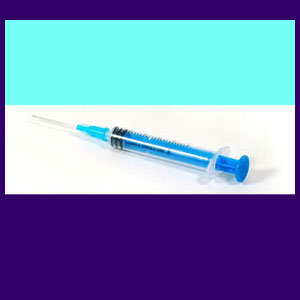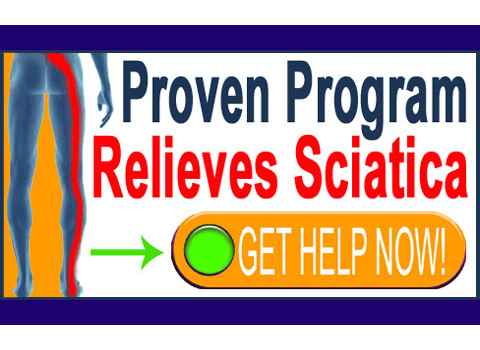
Sciatica treatment is a greatly misunderstood concept by most patients suffering with lower body radiculopathy syndromes. Sciatica care practices come in both conservative and invasive methods and encompass the traditional, complementary and truly alternative medical arenas. Being that there are literally hundreds of therapy options commonly used to treat sciatic nerve symptoms, patients may be confused over their many possible choices. Generally, they will make their selection based on the recommendations of their care provider. Of course, this recommendation will often depend greatly on the particular treatments that doctor offers, rather than the best for the patient’s actual causative condition in many instances.
To learn more about the full range of possible sciatica therapy options, you can read detailed accounts of each method of care in the back pain treatment resource section. Meanwhile the scope of this article will examine some of the most widely utilized care approaches for sciatic neuralgia.
Purpose of Sciatica Treatment
Sciatica is comprised of a mixture of symptoms including pain, tingling, numbness and/or weakness in the lower back, buttocks, legs and feet. Patients might have some or all of these neurological symptoms and might experience them in any or all of these common locations. Some patients have a steady and well-defined pain pattern with symptoms that attack particular areas regularly. Other patients have pain which moves around to different locations and can morph from one symptom, such as pain, to another, such as numbness, suddenly and frequently. Sciatica is a very difficult to define disorder since the expressions vary from patient to patient.
Treatment for sciatica is defined as any therapeutic modality designed to alleviate the pain and related symptoms wherever they may occur. On the other hand, sciatica cures seek to correct whatever causative process is actually responsible for enacting the pain. Treatment controls symptoms while cures seek to resolve the source process. This is an important distinction to comprehend.
Sciatic Nerve Treatment Modalities
There are many possible therapies used to treat common sciatic pain. The most important factor in deciding upon the correct treatment for your particular sciatica symptoms is the diagnosis of the causative condition behind the pain. Remember that sciatica is always caused by something; it is not a condition unto itself.
The most common treatment options used to battle sciatic nerve symptoms include:
Conservative care practices are noninvasive and are the general rule when it comes to managing symptoms. None of these methods are purely curative, although a few might provide the possibility for a lasting cure on rare occasions. Conservative care is highly profitable, since it is continued long-term. In fact, many practices are life-long if they are to remain effectual. Some of the usual conservative approaches to sciatica therapy include chiropractic, physical therapy, drug therapies, acupuncture, massage and TENS.
Moderate care practices are used when more conservative measures fail and the patient complains. If the patient does not demand better results, many providers will simply continue the money making flow of conservative care indefinitely. Some moderate interventions may be ideal for some diagnosed causes of pain, while others are generally ineffective or only temporary in their potential results. Some of the more popular moderate treatments for sciatica include epidural injections, the least invasive surgical techniques and spinal decompression.
Drastic care is represented by sciatica surgery in almost all cases. There are so many surgical options all designed to treat individually theorized causes of symptoms. In fact, regardless of the diagnosed condition, there are usually several possibly indicated surgical therapies which can be selected to resolve the problem. Remember that not all surgeries are cures and some still qualify as symptomatic care. Remember too that surgery is dangerous and demonstrates sad results for permanently resolving pain.
Most Effective Sciatica Treatments
Make sure that your diagnosis is accurate before undergoing any treatment regimen for sciatic nerve pain. Sciatica has a well deserved bad reputation as an extremely chronic and treatment defiant condition. The main reason why most patients never find a cure for their nagging sciatica symptoms is misdiagnosis of the actual cause of their pain.
When discussing sciatica treatment options with your physician, there are some important things to remember. First, almost every therapy has some degree of risk. Some have health risks, while others have financial risks. Many treatment options demonstrate both types of risk.
Next, statistics indicating the prospective success for any given treatment are often incredibly skewed. Most doctors will cite the very best case scenarios, rather than the accepted ones which demonstrate a far more objective viewpoint. In fact, many surgical treatments will be judged a success regardless of whether they actually succeed in ending pain or not. Never buy into the hype surrounding any particular sciatica therapy without first performing considerable independent research.





